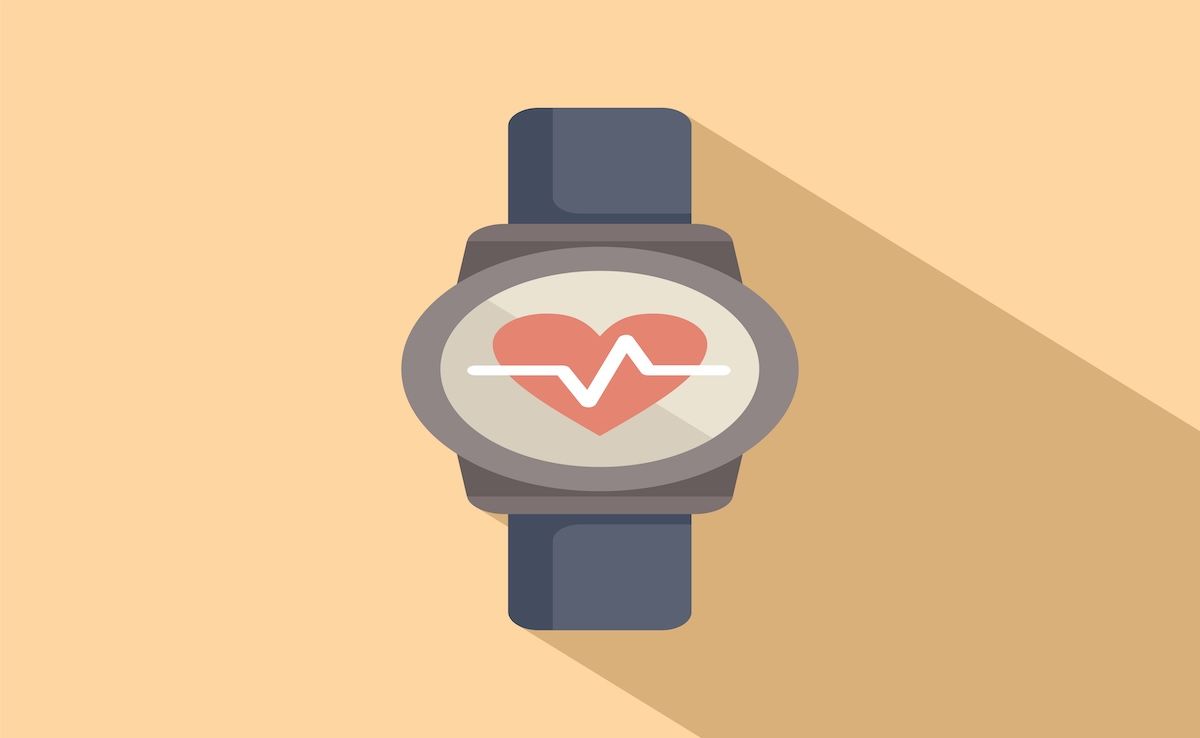News
Article
Online Discussions Illuminate Daily Challenges, Treatment Hurdles in MG
Author(s):
Analyzing trends from online conversations among patients with myasthenia gravis (MG), researchers found that issues with current treatments were mentioned in nearly 24% of conversations.
Patients are overwhelmingly unsatisfied with current myasthenia gravis (MG) treatments, suggests an analysis of online conversations among people with the rare disease.
Analyzing trends from online conversations among patients with MG, researchers found that issues with current treatments were mentioned in nearly 1 in 4 (24%) conversations. More than half (59%) of these conversations included negative sentiments about MG overall, and just 2% of conversations were considered positive. Outside of treatment, troubles with diagnosis and overall impact on life were mentioned by patients. The findings, published in Scientific Reports, showed that nearly one-third (29%) of patients discussed MG having a negative impact on their life.
In this new study, men and women identified adverse effects as the most prominent challenge with current treatment for myasthenia gravis after receiving their diagnosis | Image Credit: Pixel-shot - stock.adobe.com

“Social media, such as the outlets analyzed in the current study, can be an important source of support for patients to obtain knowledge about their disease, express feelings, and create a sense of community,” detailed the researchers. “Overall, 8% of patients had an indomitable mindset, which may reflect a lack of control over MG or hope. These findings underscore the unmet need for treatments that better control symptoms and reduce MG exacerbations or crises, which can improve patients’ lives and may aid in shifting indomitable mindsets.”
With shortcomings of current treatments evident in their findings, the researchers highlighted the need for new MG treatments that better control symptoms without the addition of prominent adverse effects (AEs). On a more granular level, the researchers note that their findings can help guide individualized treatment approaches for patients based on their personal priorities.
Disappointment over efficacy and prevalence of AEs were commonly mentioned throughout the more than 13,000 conversations analyzed, occurring across every 1 in 3 conversations. Drawn from US Internet Protocol addresses between 2021 and 2022, the conversations occurred on message boards, social media, topical sites, and blogs.
Both men and women identified AEs as the most prominent challenge with current treatment after receiving their diagnosis. Forty-seven percent of patients receiving steroids and 39% of patients receiving intravenous immunoglobulin (IVIg) mentioned AEs in conversation.
Overall, 10% of conversations mentioned frustration with costs of MG treatment, although cost-related issues varied between treatments.
“Cost/insurance was a frequently discussed barrier (24% of conversations) among IVIg-treated patients. Unsurprisingly, given the low cost of steroid treatment, only 8% of conversations among steroid-treated patients focused on cost,” explained the researchers. “Retrospective claims analyses indicate that costs for IVIg (or subcutaneous immunoglobulin) treatment account for the greatest proportion of total MG-related drug costs in the United States. IVIg treatment for MG may include multiple infusions over 3-5 days, and there is a dearth of studies conceptualizing patient perspectives on the time commitment associated with IVIg treatment.”
Certain gender differences were also observed among conversations. Men were more likely than women to discuss their MG diagnosis (38% vs 30%), but were less likely to discuss topics related to living with the disease (22% vs 28%) and treatment (13% and 18%). Women were twice as likely (19% vs 8%) to discuss the mental impact of fatigue associated with MG. Patients receiving IVIg were more likely than those receiving steroids (19% vs 5%) to discuss the mental impact of fatigue.
Eye problems were the most commonly discussed symptom (21%), followed by fatigue (18%), facial muscle issues (18%), and weakness (17%). Although not mentioned as frequently, respiratory issues, swallowing and speaking issues, muscle pain, and headaches were also mentioned.
Reference
Anderson A, Pesa J, Choudhry Z, et al. Patient perceptions of disease burden and treatment of myasthenia gravis based on sentiment analysis of digital conversations. Sci Rep. Published online March 27, 2024. doi:10.1038/s41598-024-57825-1





